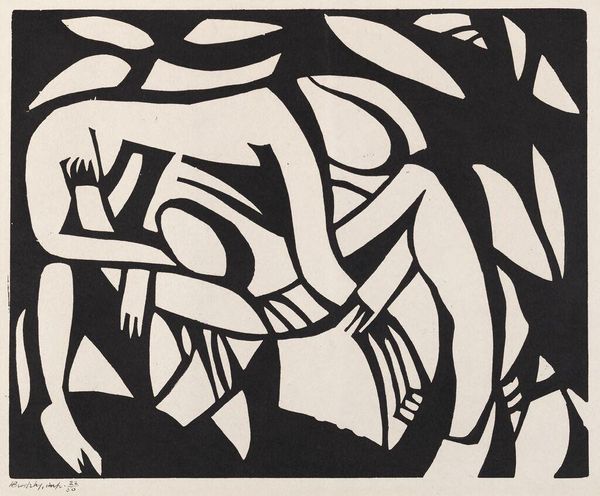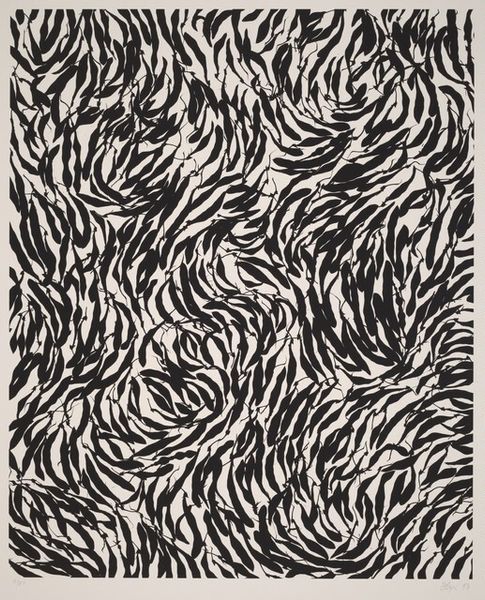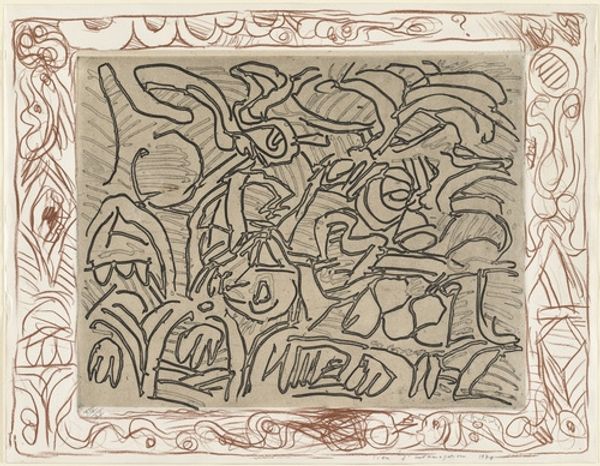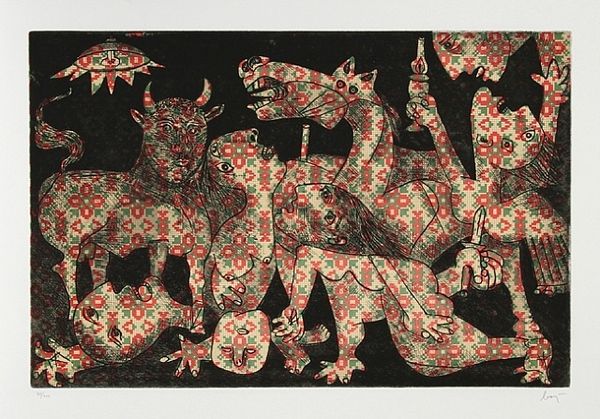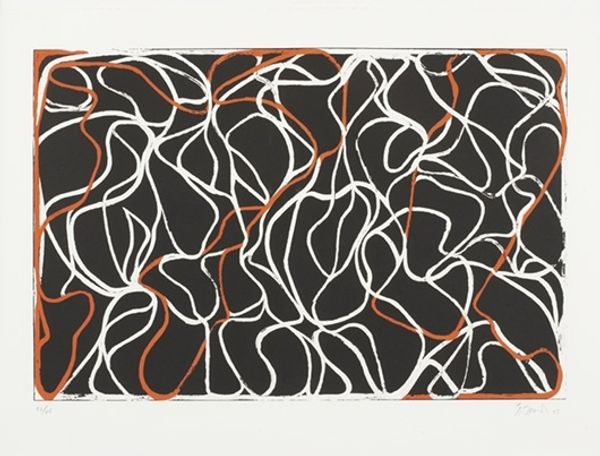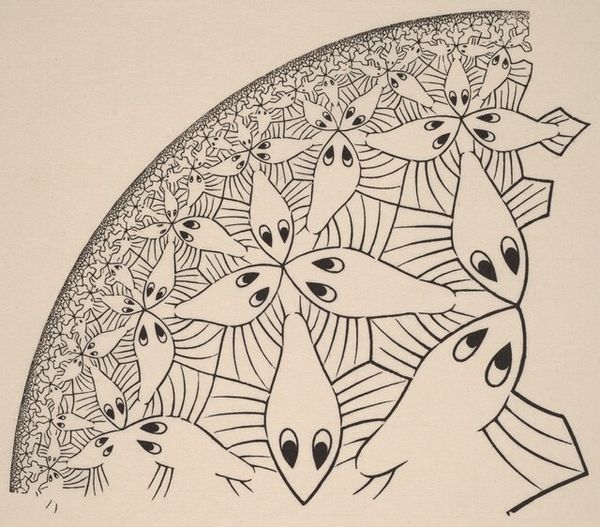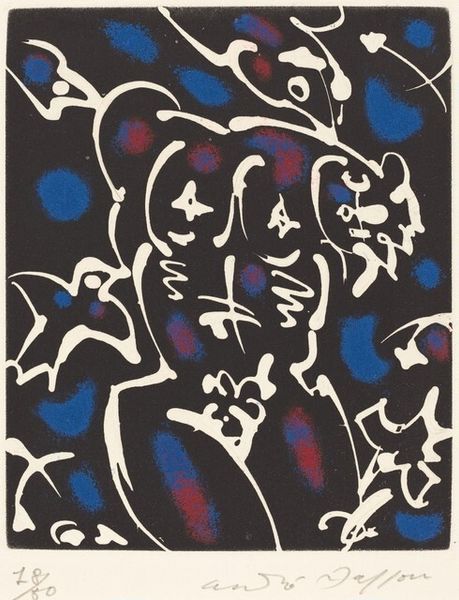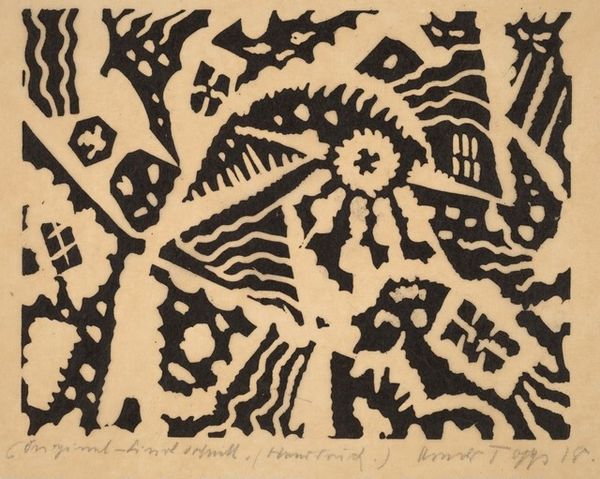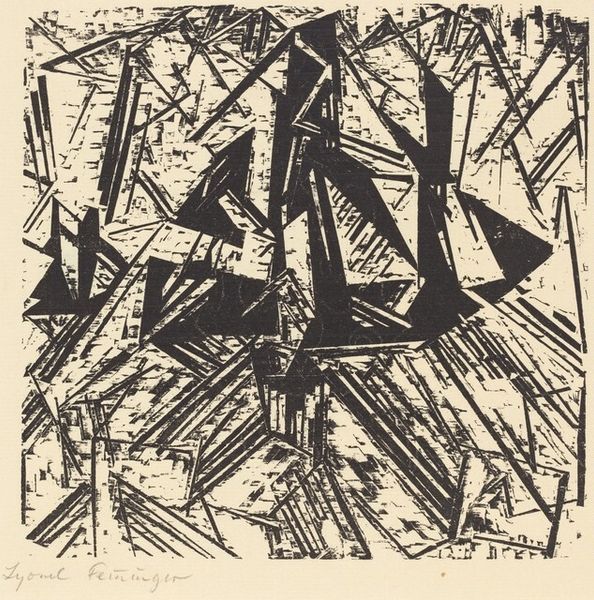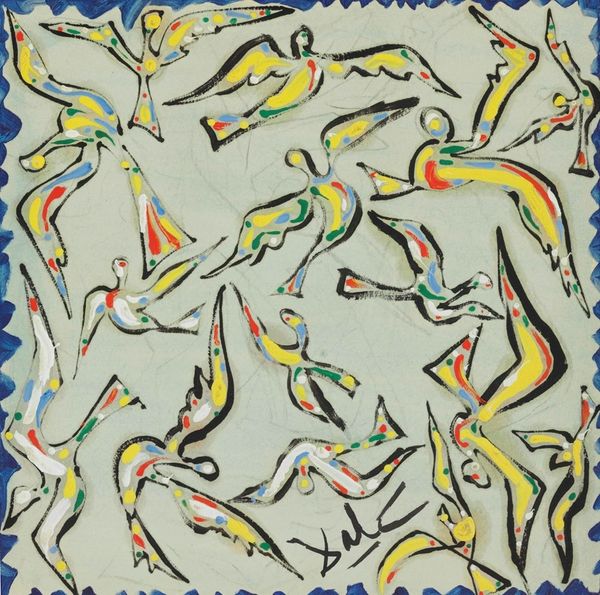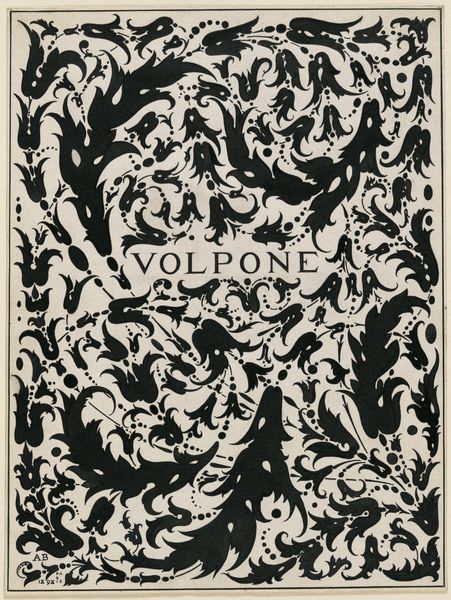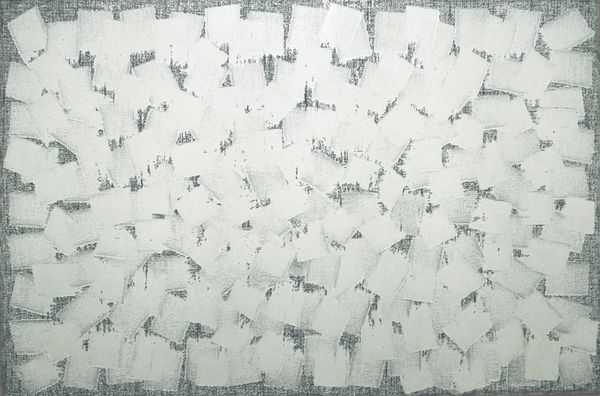
Copyright: National Gallery of Art: CC0 1.0
Maurits Cornelis Escher created this woodcut, Sun and Moon, in 1948, using a technique that blends art with mathematics. Escher’s work often plays with tessellations, patterns that fit together without gaps or overlaps. Here, birds morph from light to dark, embodying a symbolic duality. Created in the post-war period, this image can be understood as a reflection on balance and harmony. European societies were grappling with rebuilding and reconciliation. Escher’s work, though abstract, taps into this yearning for equilibrium. His technique of tessellation can be seen as a metaphor for social cohesion, where individual elements come together to form a unified whole. Understanding Escher’s art requires us to look beyond the surface and consider the cultural and historical context in which it was produced. Consulting period publications and understanding the philosophical debates of the time are crucial steps. We see that art is not just about aesthetic appeal but is a complex reflection of its social and institutional environment.
Comments
No comments
Be the first to comment and join the conversation on the ultimate creative platform.
